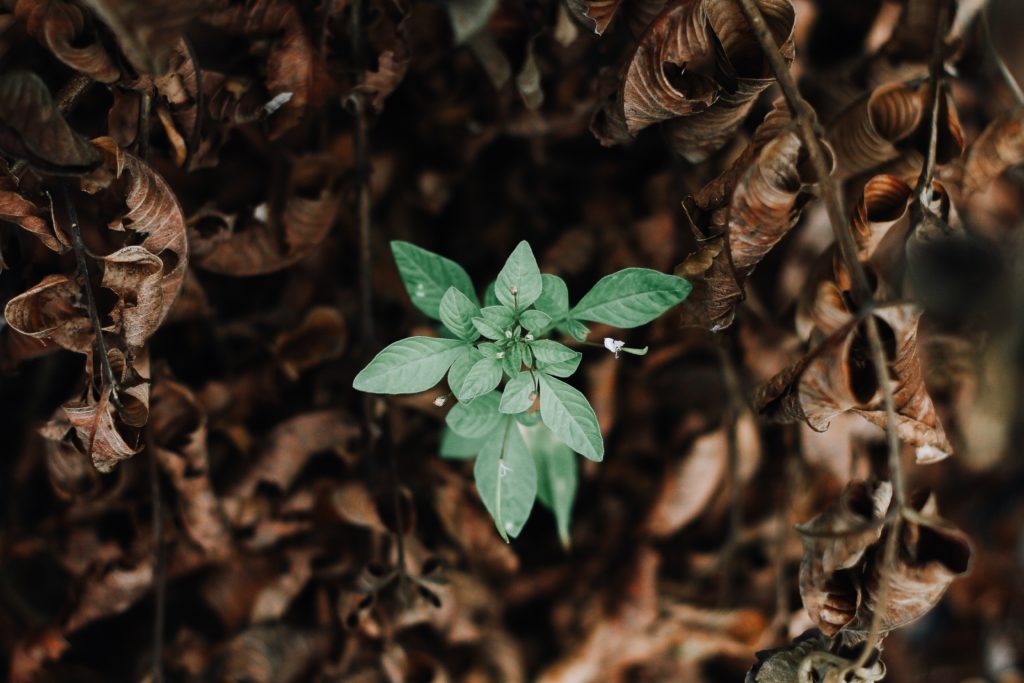Last month, I had a surprising realization that reminded me there is still so much I don’t know that I don’t know.
While on vacation with my family, I intentionally disconnected – from my phone, email, and work in general. When I took this full stop, it suddenly hit me how much of my work time I spend reacting – reacting to events on my calendar, emails in my inbox, plans for speaking engagements, and paperwork on my desk.
I also realized how much my identity is framed by those reactions. How efficient am I in responding to people? Who am I if I’m not needed? How valuable am I if I’m not doing something for someone else? We often (mistakenly!) measure our worth with reactive metrics such as the number of emails in our inboxes or incoming phone calls.
Being reactive is like being on autopilot – you can stay stuck in the same “reactive rut” that tends to produce the same results.
Writer Marissa Miller famously tweeted, “Adulthood is emailing ‘sorry for the delayed response!’ back and forth until one of you dies.” I think this perfectly captures the lack of progress that comes from reactivity. Sure, the emails keep pinging back and forth, but is anything new happening? Reactivity may move the ball down the field, but it doesn’t create new game plays.
Pause your own reactive impulses for a minute and consider how to reduce reactivity.
The first of Covey’s “Seven Habits of Highly Effective People” is “Be Proactive.” Covey positions Proactive as the opposite of Reactive, but I think there’s a better opposite to Reactive – Creative. To be proactive is to take action; to be creative is to take action in new ways, leading to new results.
I recently talked about the discipline of creativity here. In short, creativity answers the questions: What is new? What is fresh? What is helpful?
But saying “I’ll just make more time to be creative” is usually not viable. In my years of coaching leaders, I’ve found they are often so busy that they can’t add something new unless they take something away. To be more creative, you need to first eliminate some of the reactive.
Here are a few helpful steps for increasing your creative/reactive ratio:
- Eliminate or delegate reactive tasks to make room for creativity.
- Pause at the beginning of the day and look at your schedule. What requires a creative instead of a reactive response today?
- Have a regular time weekly or monthly where you block out time for creative thinking.
- Look back at your calendar and ask yourself when, in the last week, did you have creative activities?
Zero reactivity is impossible. Responding to problems and guiding teams are part of a leader’s job. But while reactivity keeps an organization running, creativity moves it forward.
Look for ways to increase your creative/reactive ratio. And remember that the higher your leadership position, the more time you should commit to creativity. CEOs, take notice!
*************************
One more thing…Every day, coaches at McKinnon & Company are working with leaders to help them achieve their optimal ratio of Creative/Reactive leadership. If you would like to explore how we could help you, contact us here.
